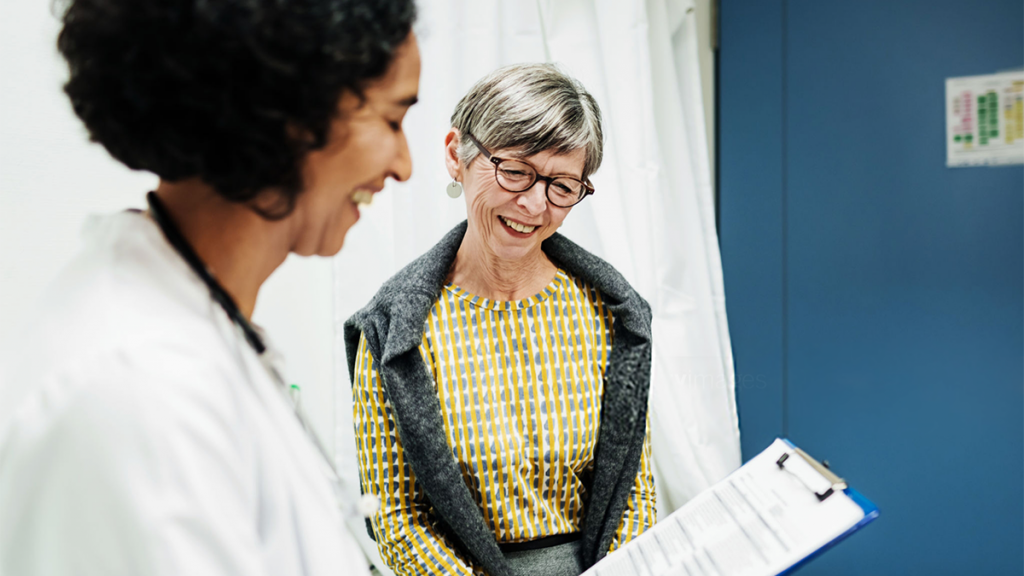15 years of healthcare access: A look back

As we celebrate our 15th anniversary, it’s a great time to reflect on the healthcare access landscape, and take stock in where we’ve been and where we’re going.
It’s also worth acknowledging that we are quite possibly at a turning point in the ways we support and protect Medicare beneficiaries.
While the inception of the Medicare Part D program dramatically increased seniors’ access to prescription drugs thirteen years ago, soaring out-of-pocket costs have created new challenges for this population.
We are hopeful that draft legislation on capping and spreading out-of-pocket costs for Part D beneficiaries will be signed into action.

A quote here.
Maggie Read the story
A Look Back
The Medicare Prescription Drug Improvement and Modernization Act of 2003, which launched Part D coverage, made the biggest changes to the Medicare program in 38 years.
Before Part D, seniors had little to no support in accessing outpatient prescription drugs. In hospital and doctor’s office settings, they were covered by both Medicare Part A and B, but until Part D was signed into action, millions of seniors in need of outpatient prescription drugs were left high and dry.
Over the years, the Part D benefit has helped millions of Medicare beneficiaries pay for their outpatient prescription drugs purchased at retail, mail order, home infusion and long-term care pharmacies.
In fact, Part D enrollment has doubled since 2006, now totaling 45 million people. The majority of Medicare prescription drug spending—$129 billion in 2016—is for drugs covered under Part D.
Looking Ahead
Total Part D spending is projected to increase rapidly in the next decade, as more specialty drugs become available.
A specialty medication is typically found on the highest and most expensive tier of a prescription drug plan; these drugs are frequently used to treat complex conditions, can require special handling and be difficult to administer, and may have side effects that need close monitoring.
The growth in and availability of specialty medications has changed the way we treat many illnesses, giving individuals their health and quality of life back. But the out-of-pocket costs of these drugs can be insurmountable.
Part D beneficiaries not receiving low-income subsidies can expect to pay thousands of dollars out-of-pocket for a single specialty drug in 2019. The scenario is even worse for beneficiaries taking a specialty tier drug not covered by a Part D plan. For specialty drugs not covered by some or all plans in 2019, annual costs range from $26,000 to $145,000 annually.
Significant strides have been made to help Medicare beneficiaries access the critical treatments they need.
But the work is not done. If we don’t find a way to curb the Part D out-of-pocket costs—for both standard and specialty medications—more and more seniors will be forced to make agonizing decisions about their health.
We hope to be part of the solution here at PAN. Read more about where we stand.